Across the world, music is appreciated for its transcendent qualities—the way each note, every beat, evokes a time, place, or emotional reaction. Taj Mahal, Grammy Award-winning blues musician, believes music is everywhere. “It’s this idea of sitting in your house, and the rains are surging, taking your thoughts out there, and when the thoughts come back to you, it returns with music,” he says. “Some days, I’d be out fishing and everything would get quiet and then the sky would start singing.”
The opening night of the Hawai‘i International Film Festival in 2015 saw hundreds fill the historic IBM Building courtyard, captivated by the sounds of Mahal and the Hula Blues Band as they anxiously awaited the U.S. premiere of American Epic, a documentary that celebrates Hawai‘i’s role in shaping the definition and scope of music as we know it today. I meet with Mahal and co-producer of the film, Allison McGourty, on the grounds of Halekulani to discuss the film and all that it has done to preserve and perpetuate America’s musical heritage. “I’m a living embodiment of all the film talks about,” Mahal says. “I was part of the early generation, in the ’60s. Generations before me had something to give, and I wasn’t going to miss the opportunity to learn from these great old people.”
The film retraces the journey of the Western Electric amplifier, the first electric recording machine that enabled the voices of everyday rural America to be heard. The story picks up in the mid-1920s, when a confluence of events occurred—the radio took off in cities across the U.S., and the affluent who had previously bought records stopped doing so. Record sales plummeted, and in response, recording companies now needing to find a new audience began touring rural America, capturing the voices of an emerging culture. The uncensored thoughts of everyday working Americans—cotton pickers in Texas, fishermen in the Bayou—were captured in lyrical recordings, then sold back to their own communities. “These events created a cultural revolution,” McGourty says. “For the first time, people of all races and sexes had an equal footing.”
The film pays tribute to unsung heroes of America and acknowledges an important period of time that defined popular musical genres like blues, country, bluegrass, rock, and rhythm and blues. Over the last decade, the film’s producers retraced the journey of the Western Electric amplifier through the Appalachians, the Bayou, the Deltas and the Carolinas, finally ending in Hawai‘i, where Native Hawaiian Joseph Kekuku is credited with having invented the Hawaiian steel guitar method of playing, or kīka kila.
Born in 1874, Kekuku grew up in the small seaside village of Lāi‘e on O‘ahu’s North Shore. It is said that while attending Kamehameha Schools, Kekuku began experimenting with his guitar by laying a comb on the strings with his left hand instead of simply fingering the chords. He went on to experiment with other implements, like a pocket knife, and eventually, a piece of flat steel. Over the next seven years, he perfected this new slide style of playing. “The effect, as described by all who first heard it, was transcendent,” John W. Troutman wrote in an essay for Southern Cultures on how Hawaiian steel guitar gave way to blues music. “It sonically revolutionized every musical tradition it touched. …Vaulted in status from serving as a typically rhythmic, accompanying instrument to that of a much more dynamic and melodic, or lead, instrument, the guitar would never be the same.”
Kekuku went on to tour across America with his band, Kekuku’s Hawaiian Quintet, carrying the sound of Hawai‘i across the nation. He even spent eight years in Europe, and played in the Bird of Paradise Broadway show. He died in 1932 in Dover, New Jersey, but his legacy lives on through the music found in Hawai‘i and across the world. “Joseph Kekuku was one of the most important people in music ever,” McGourty says. “It was fantastic to unravel his story when we came to O‘ahu. Once we landed [in Hawai‘i], we had to drive to the furthest tip of the island. It was almost like going back in time to find this person. … In the film, there’s this scene where we played a recording of him to his family for the first time. It was the most magical moment of the whole journey. Without him, we wouldn’t have the influence that went on to influence blues music, country music, and even music like Pink Floyd.”
Decades later, music remains a living way that history and culture are passed down through the generations. As the film shows, in almost every case, the musicians are taught by their parents or grandparents. “This is a story about families,” McGourty says. “And this is the last time we could tell it before everyone was gone.”
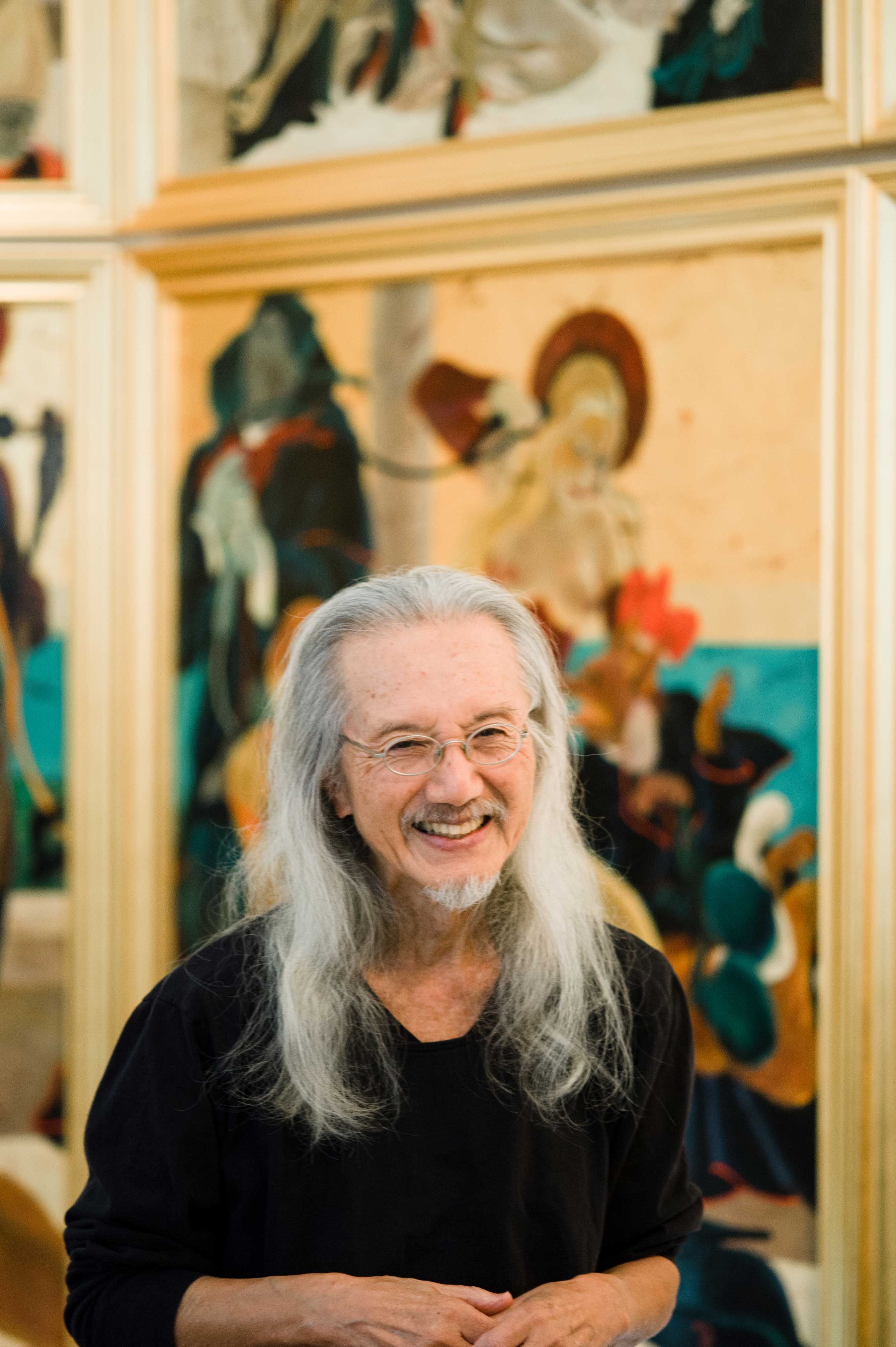
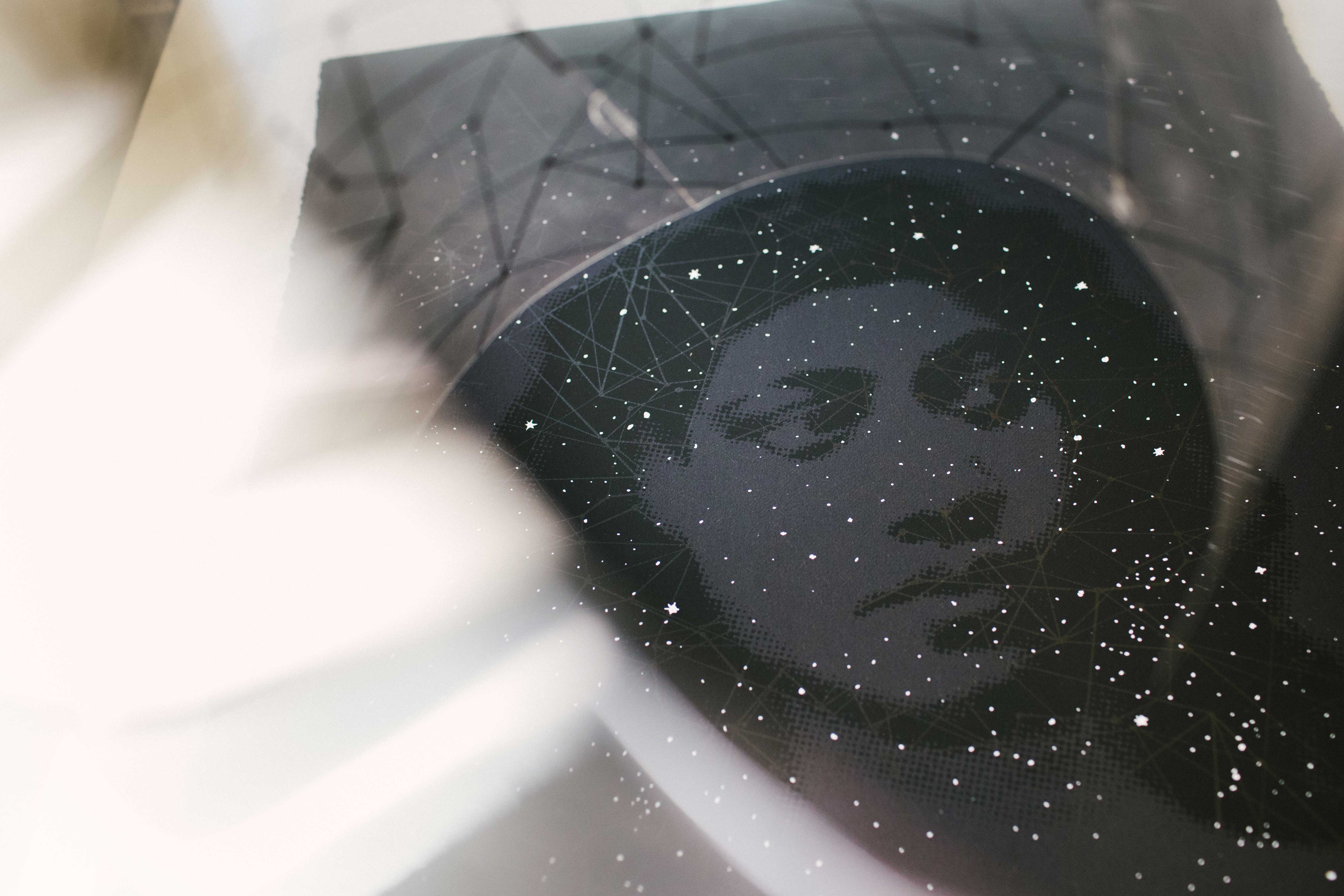



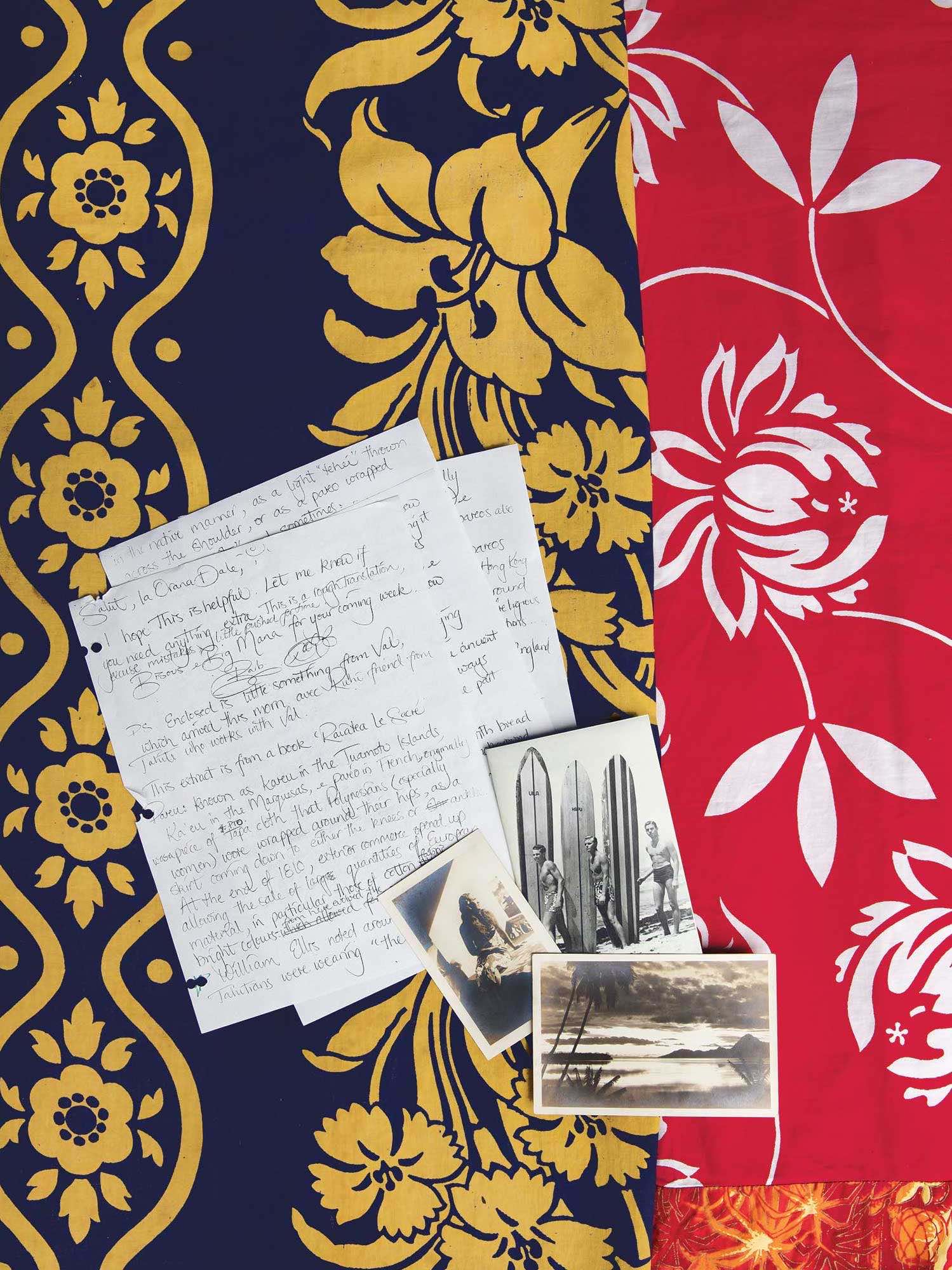
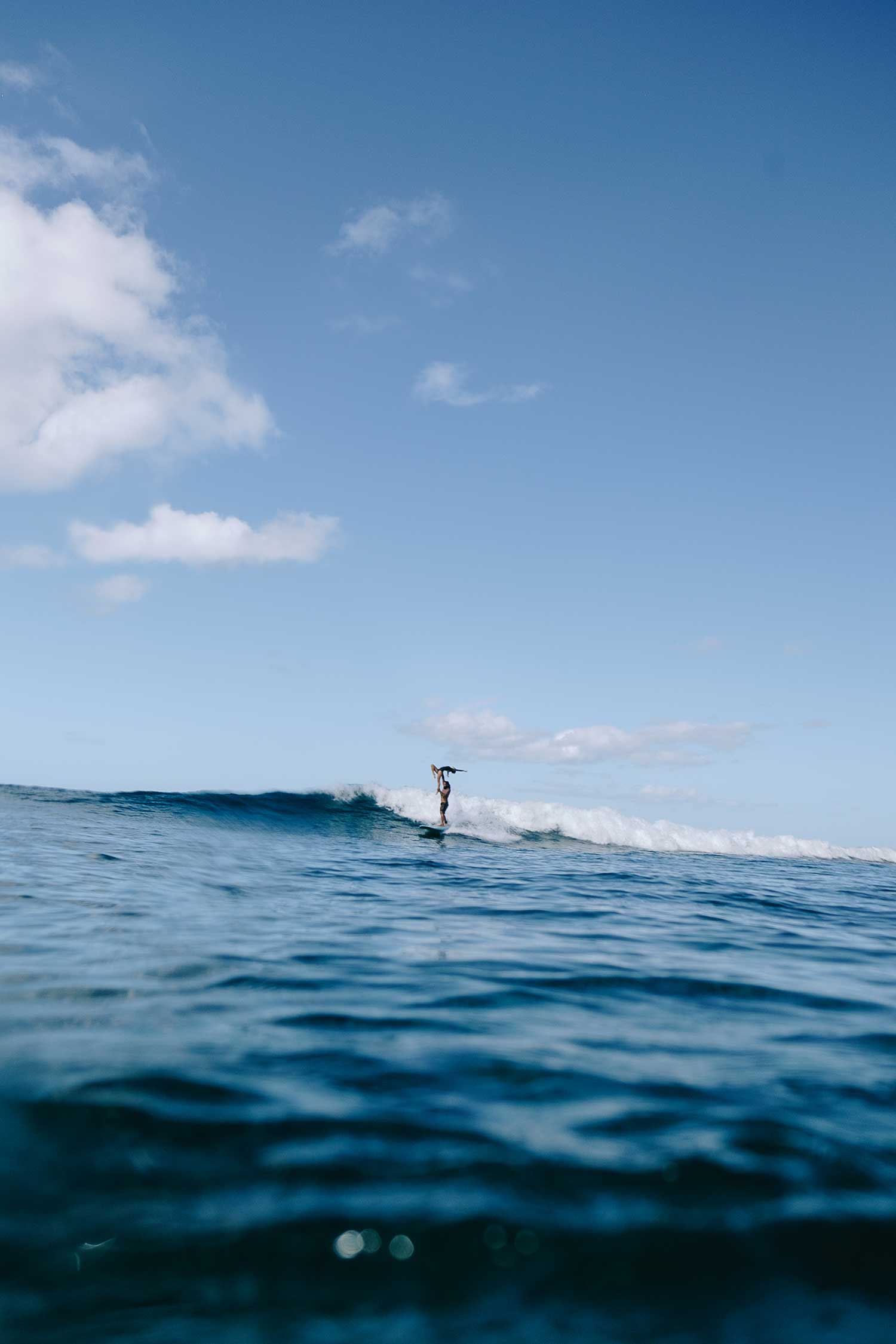

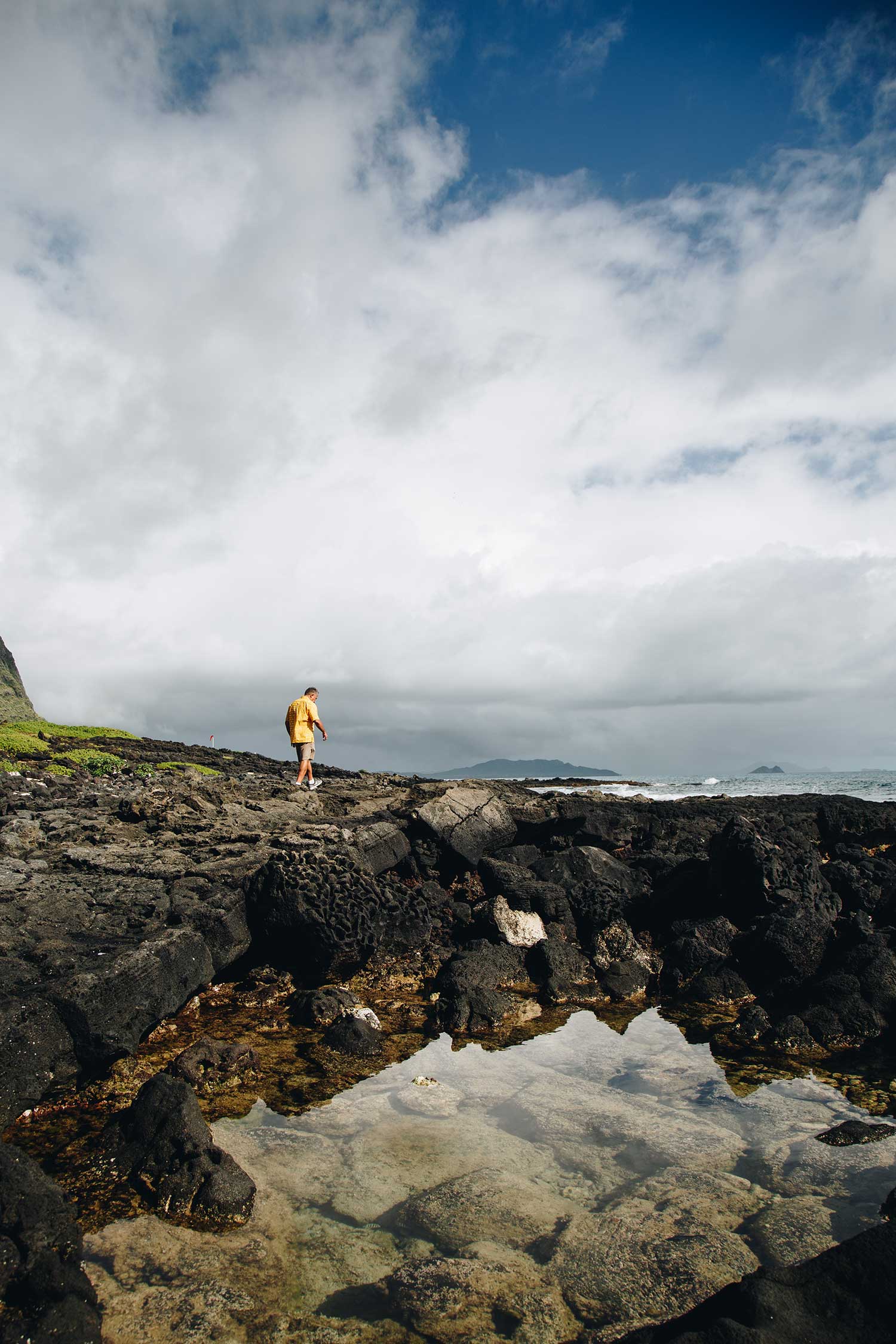


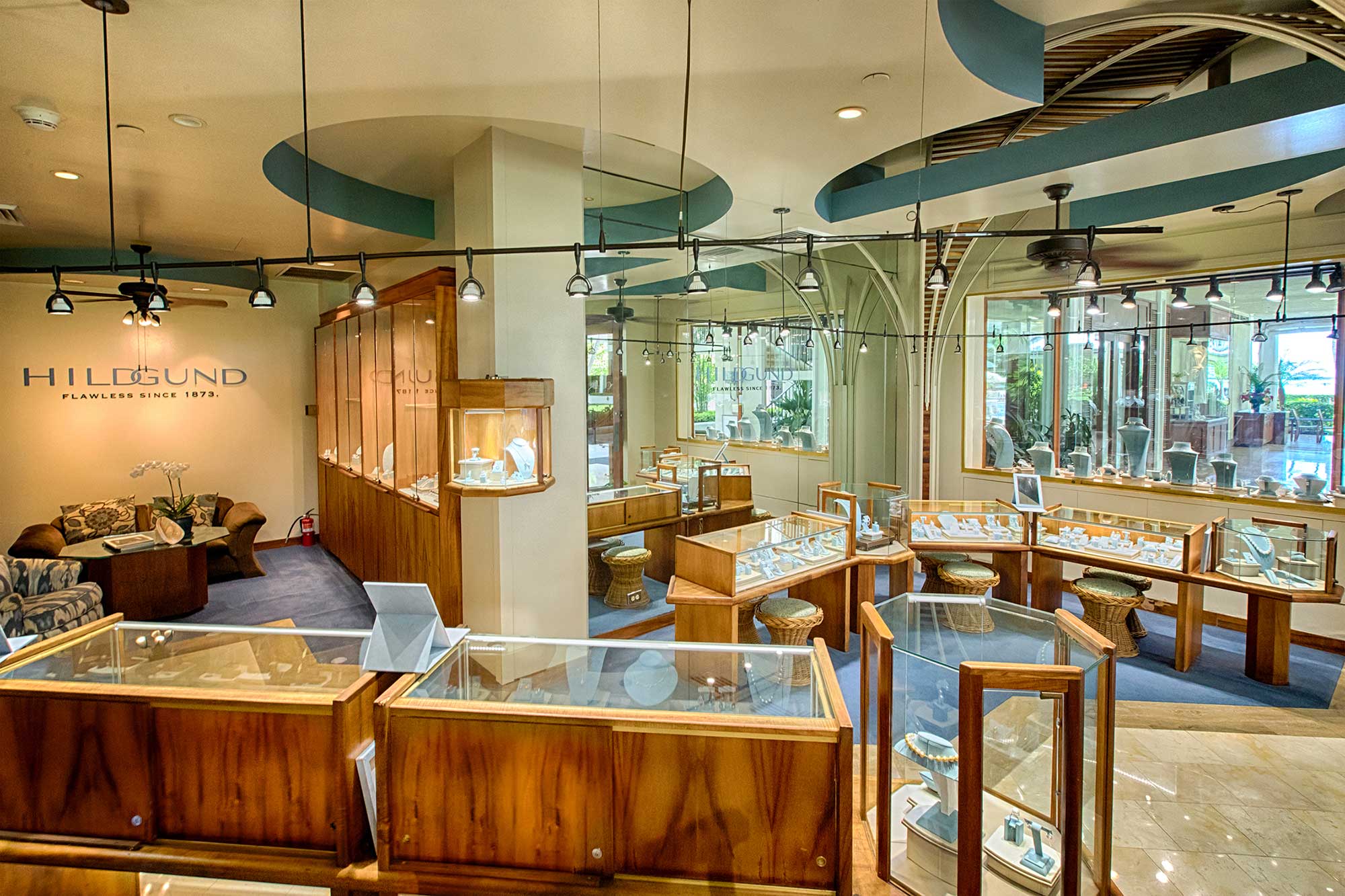
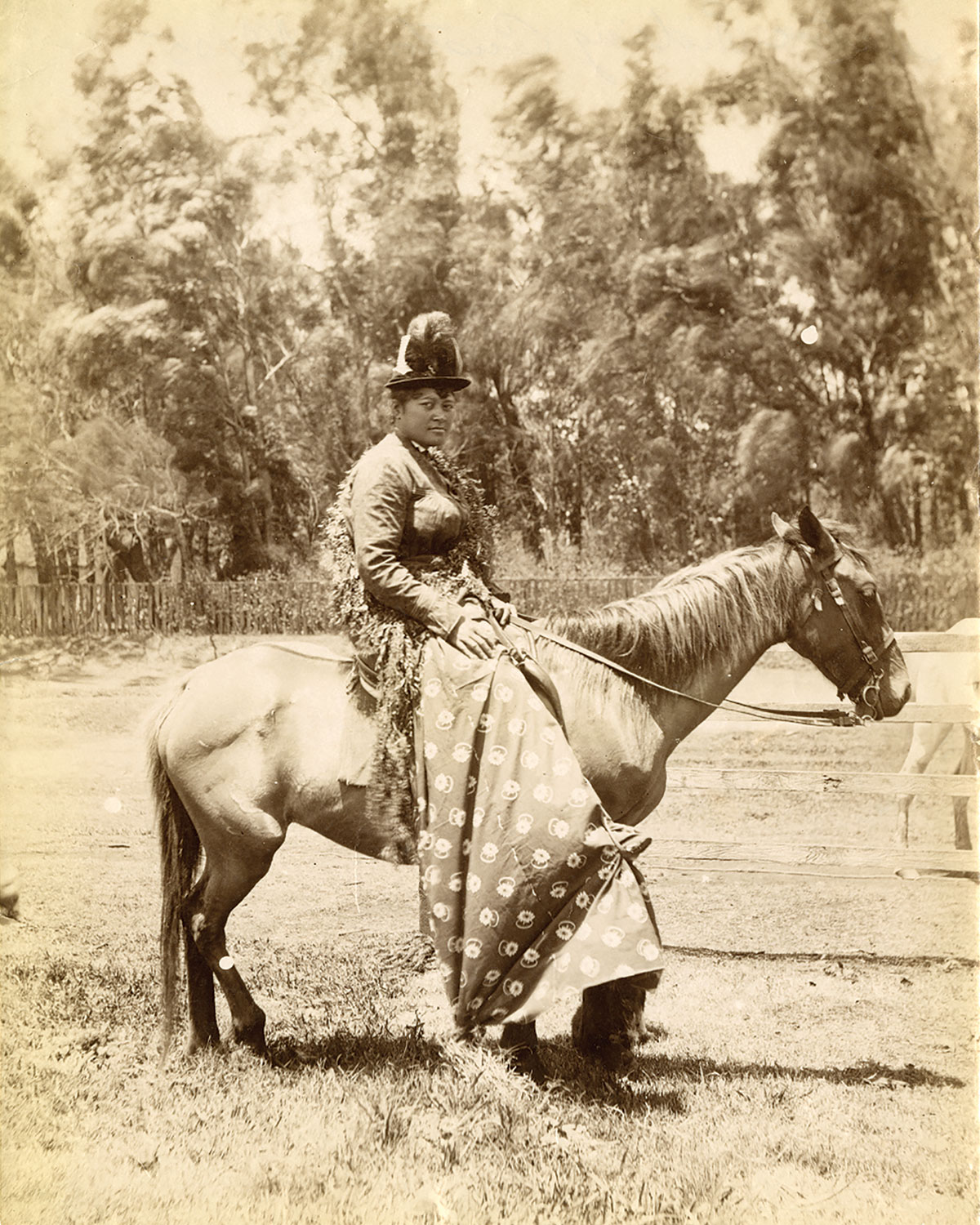


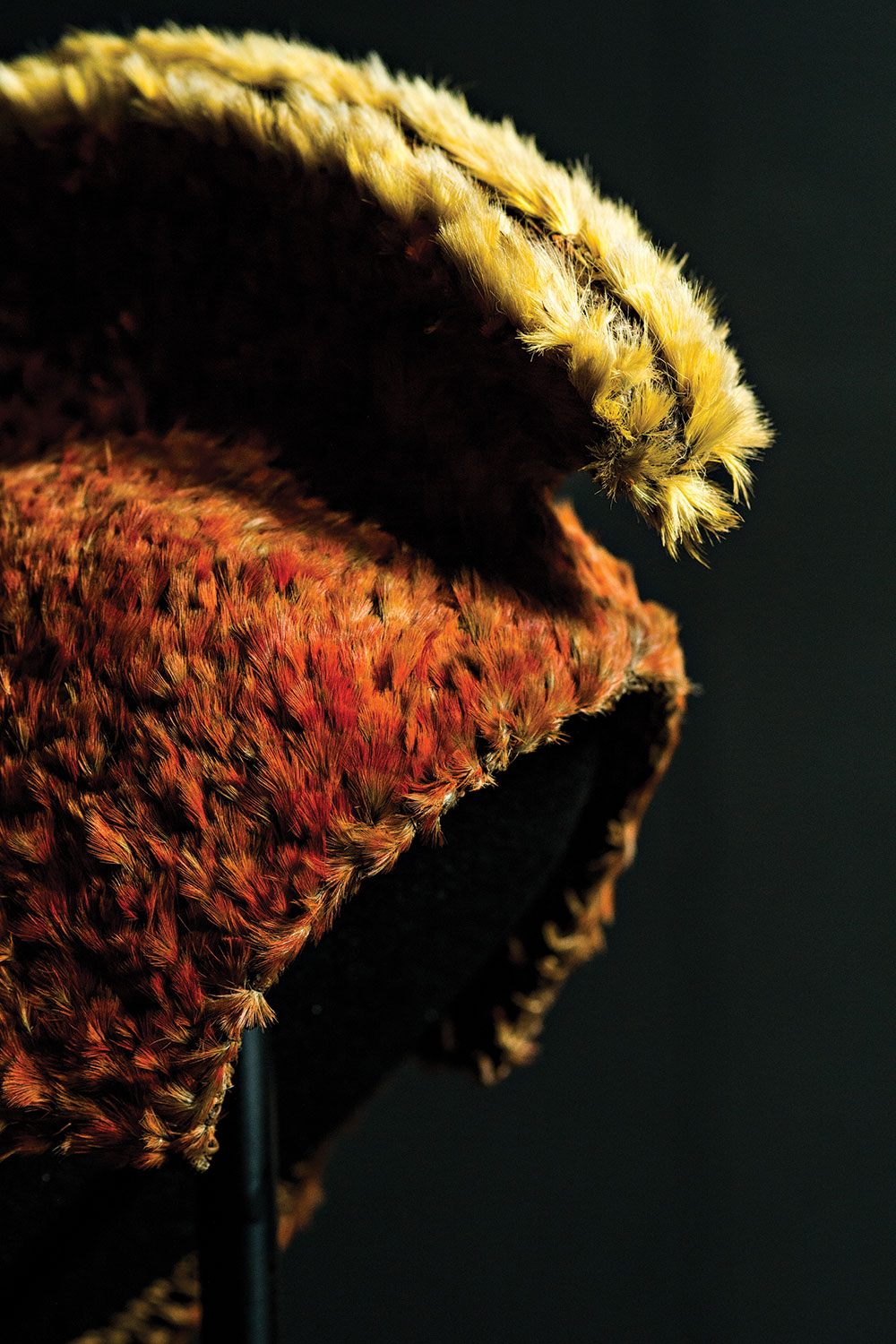
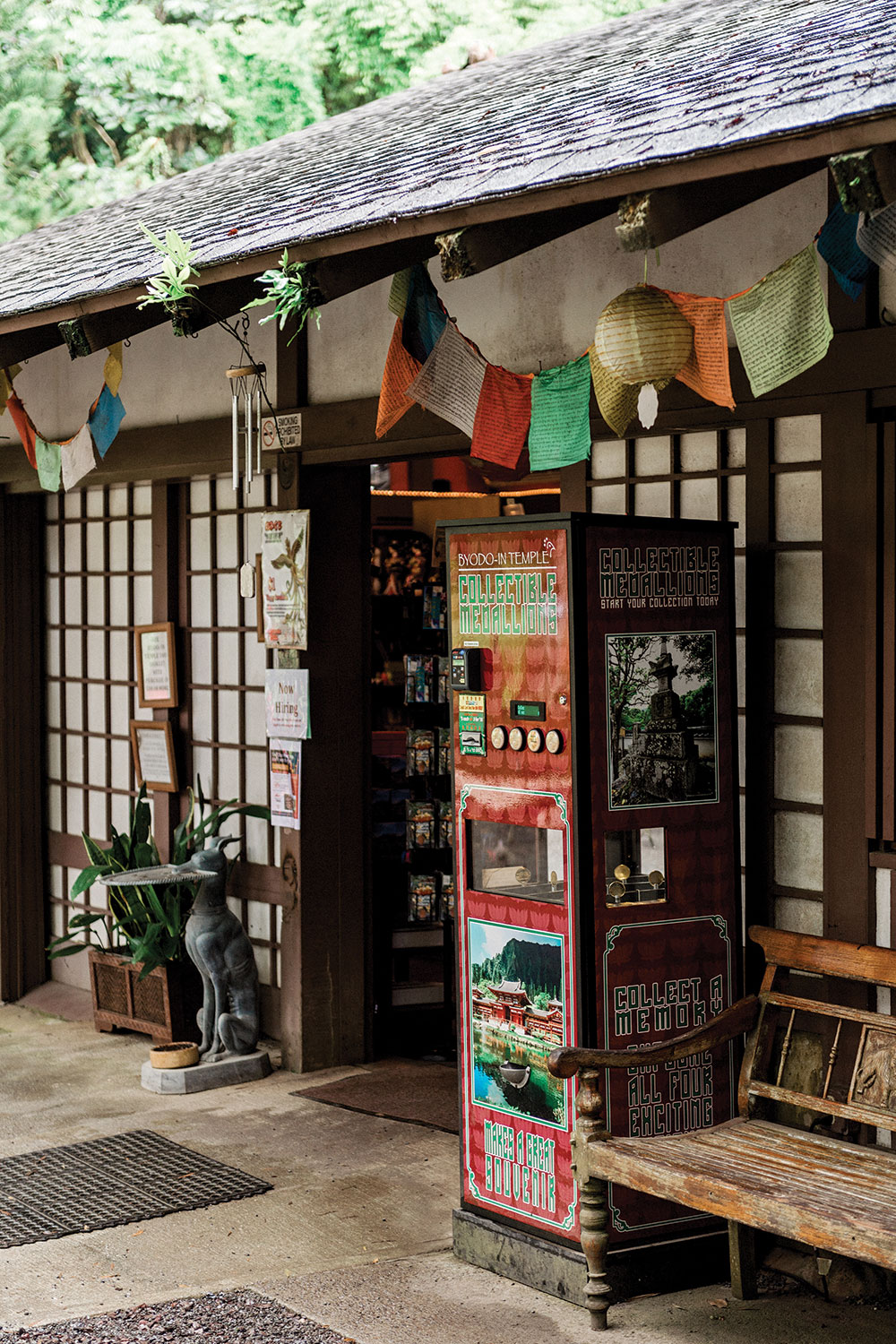
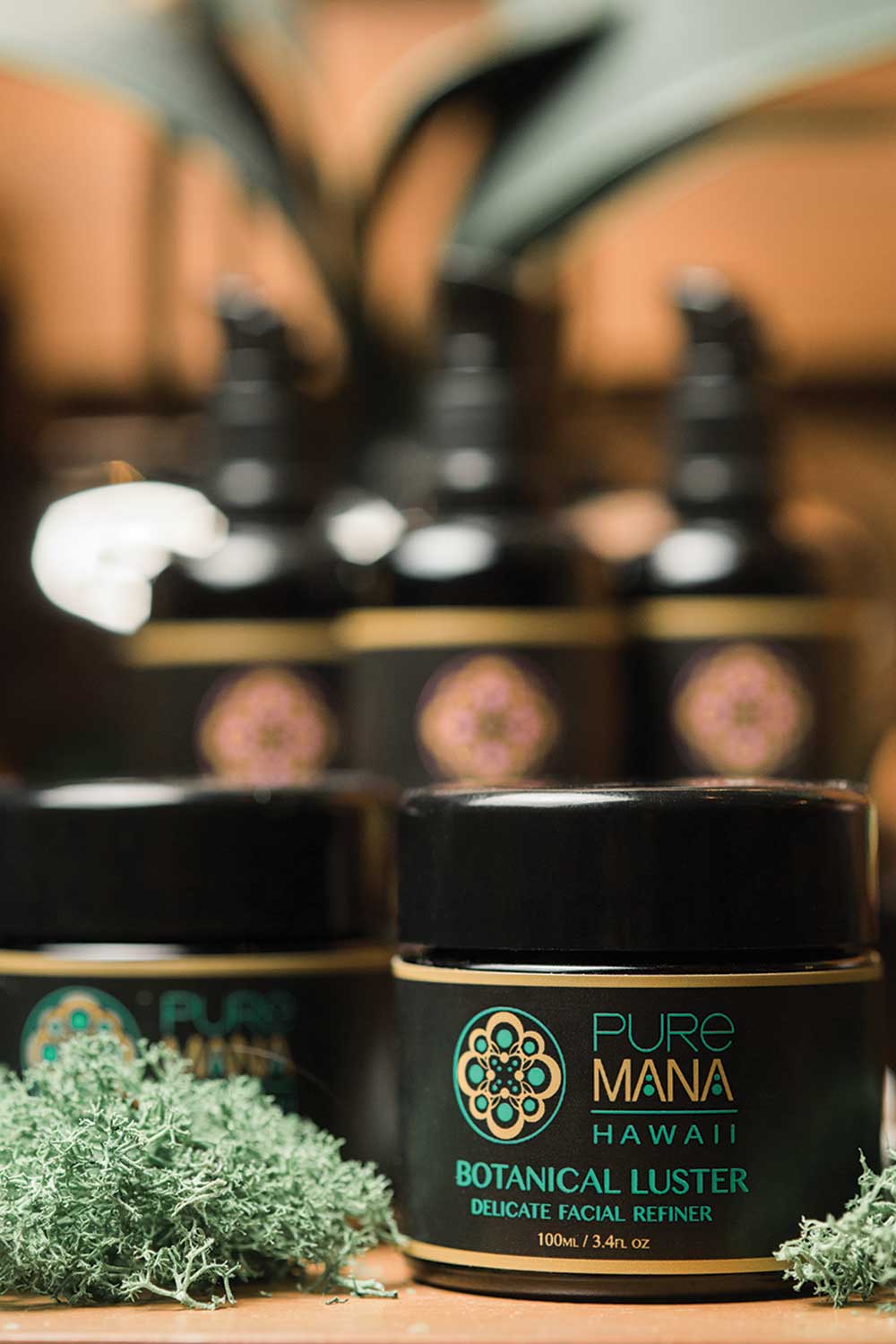
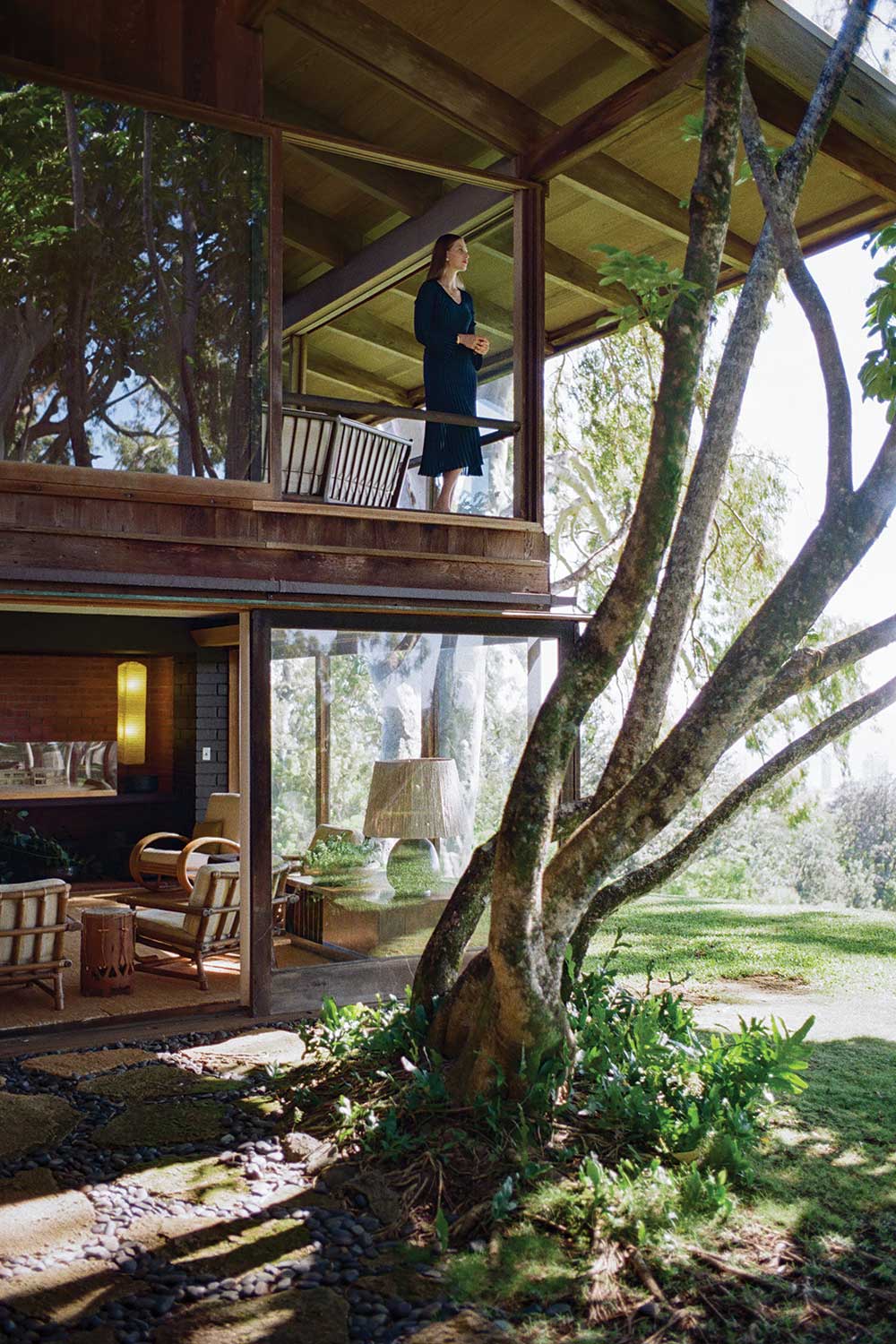
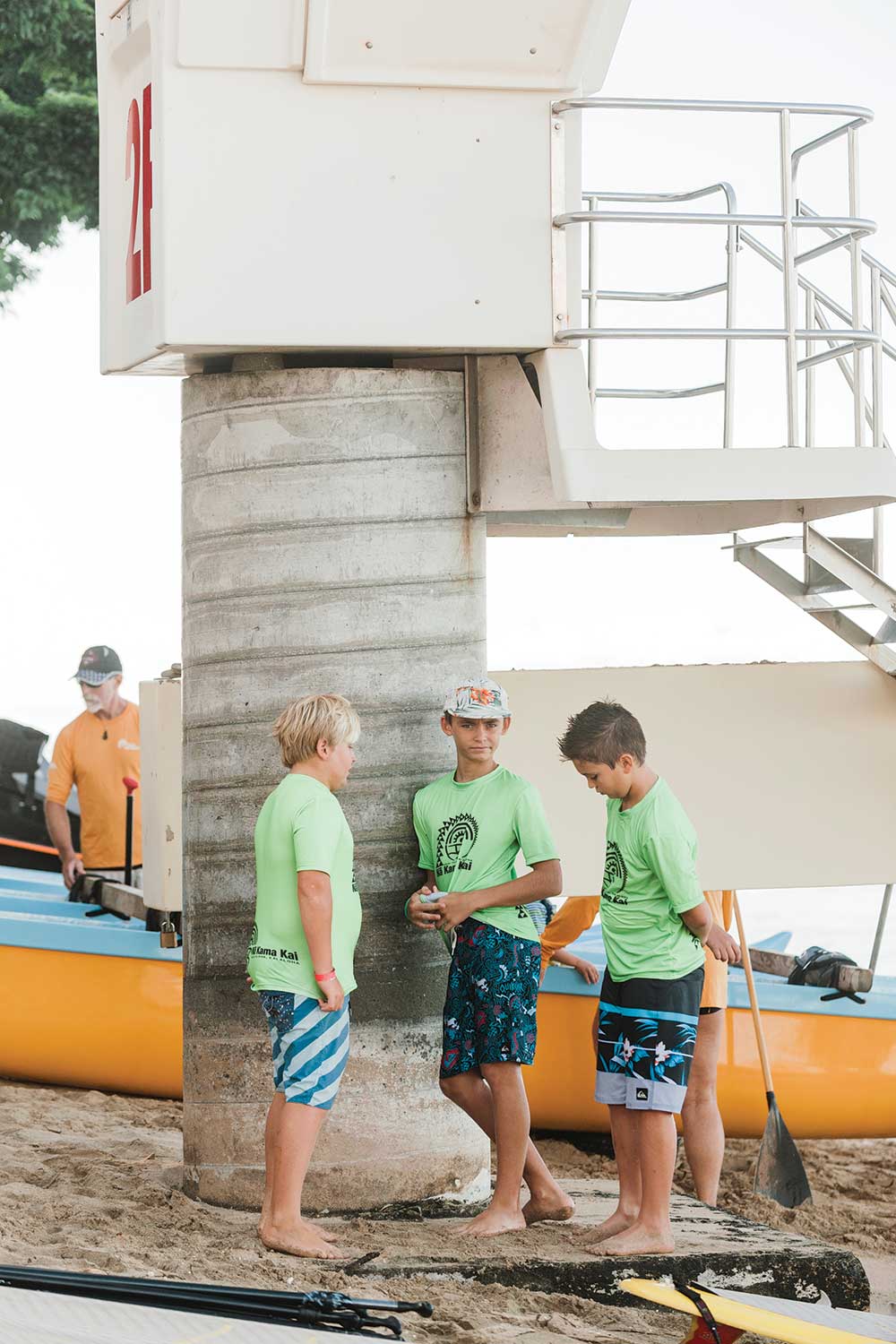




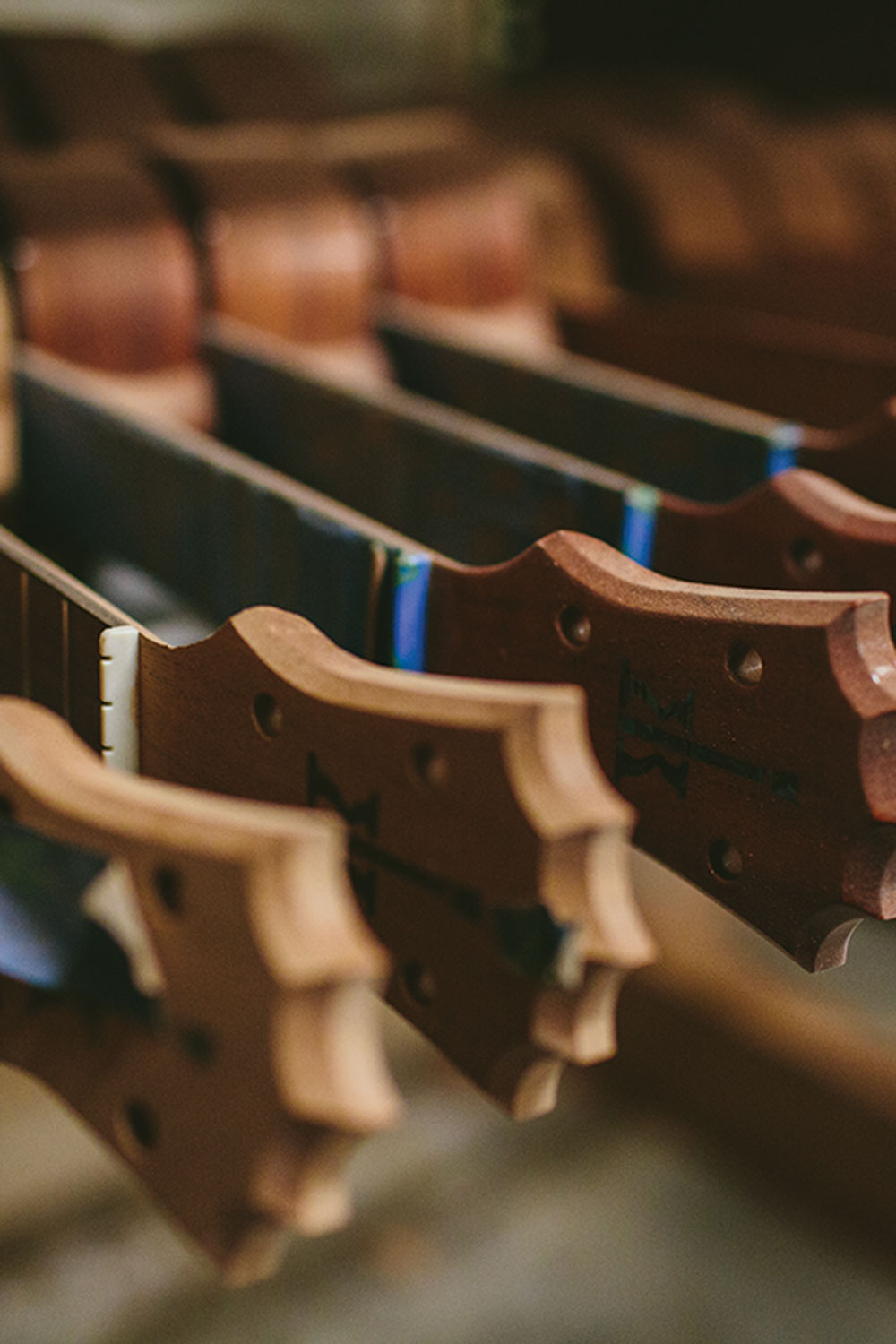
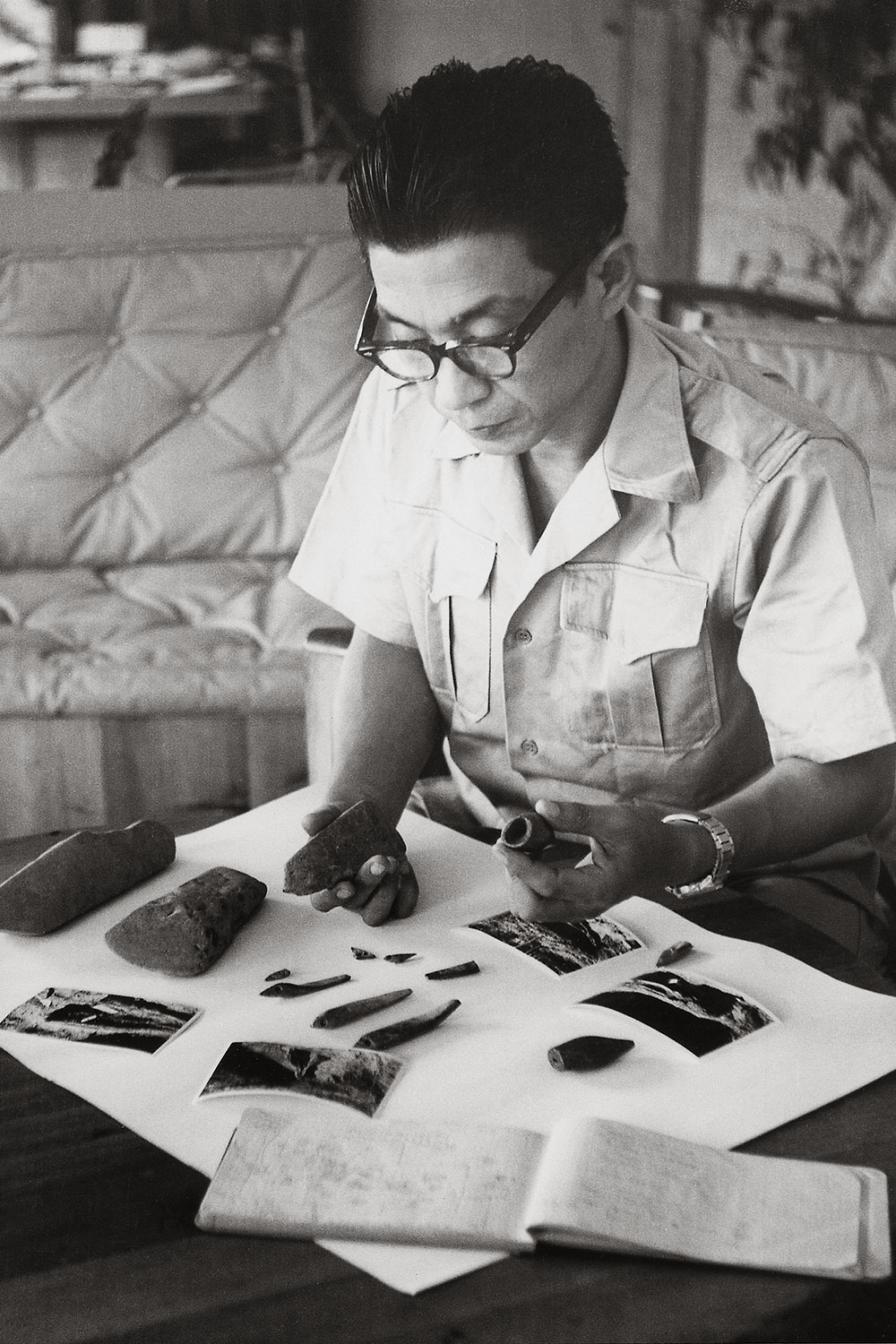
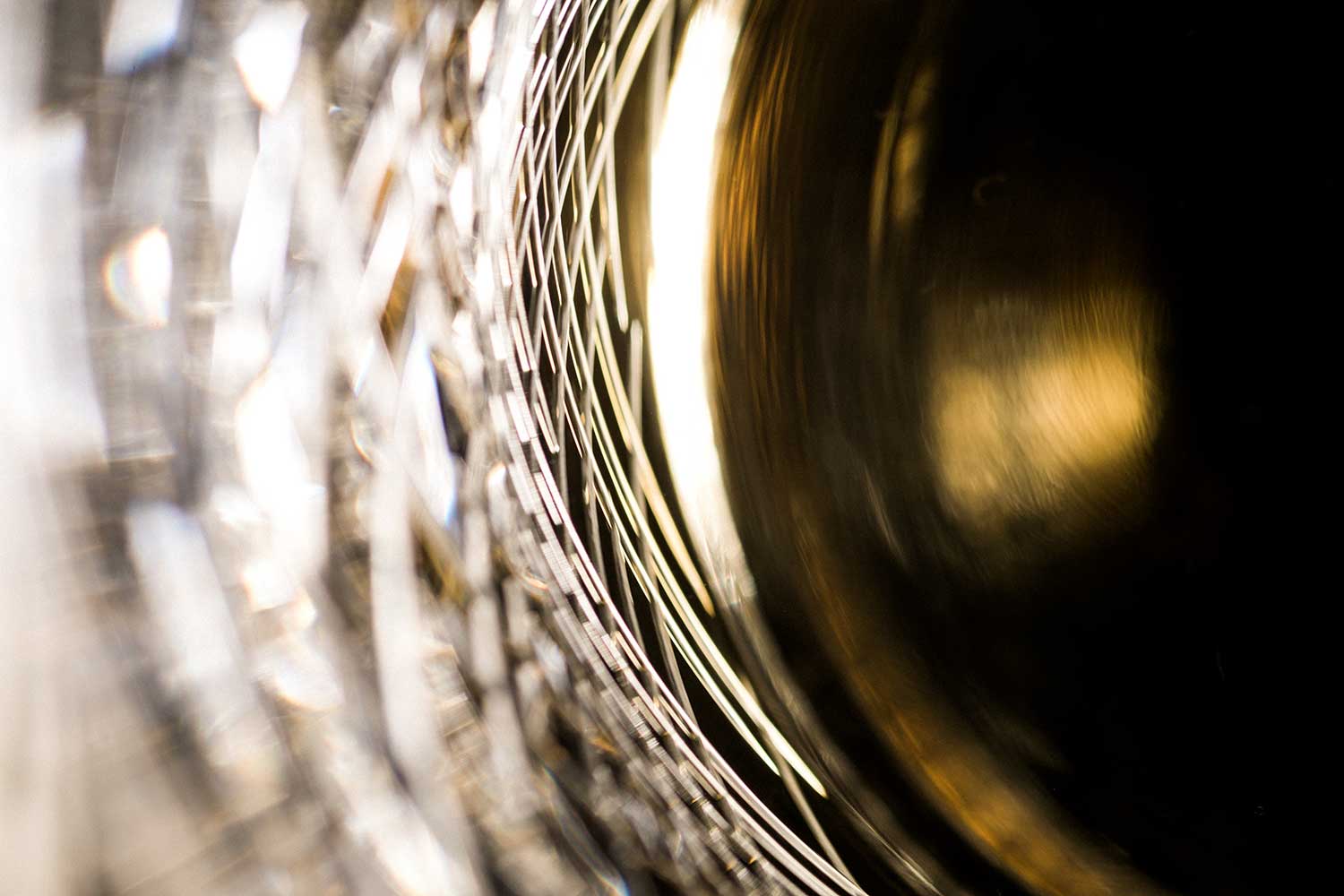








Share: